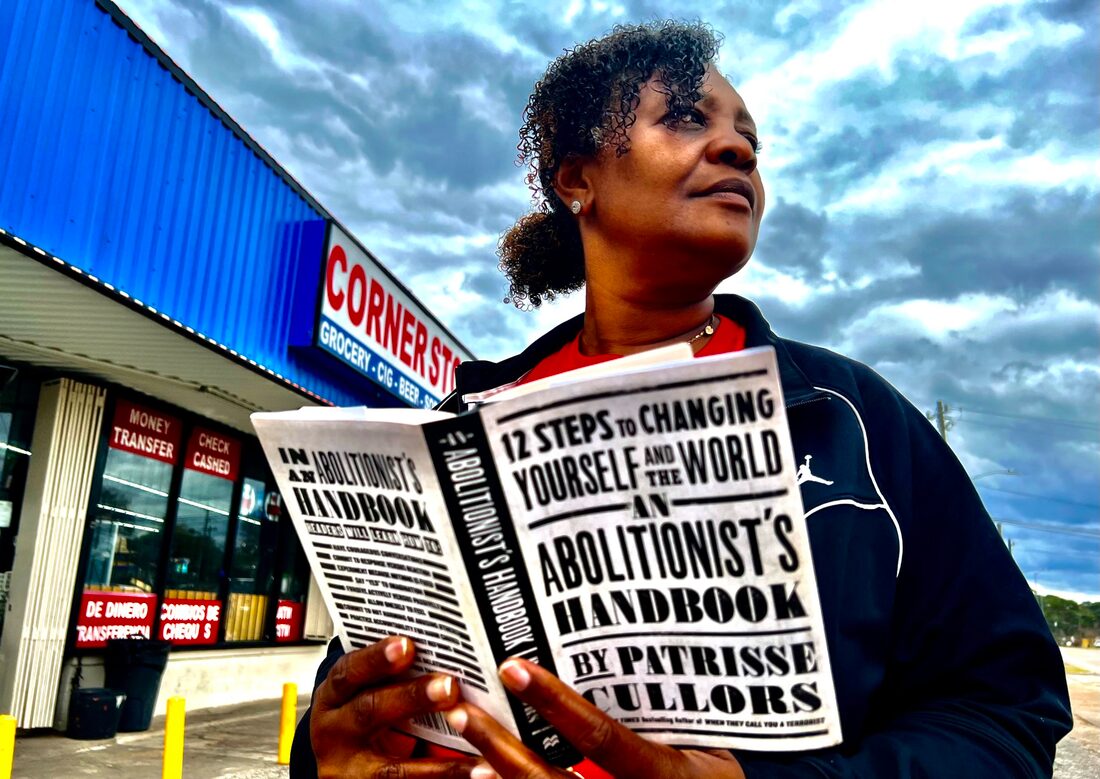|
The root of the problem of homelessness among formerly incarcerated people lies in the vicious cycle of White Supremacy. In America, Black and Brown people are historically and generationally forced to live in poverty, where we are over-policed, and disproportionately arrested and incarcerated. Then, after being released, we are given even less job opportunities than we were to begin with (as is evident by research). Only to end up where we started, in an over-policed under-resourced neighborhood, or worse, homeless (where we will still be in an over-policed and under-resourced area). Anyone who argues against this is disingenuous and ignoring the undisputed and well-documented history of enslavement and genocide by Europeans of indigenous peoples of the Americas and Africa (and other Black and Brown parts of the world too). We know that unemployment and homelessness rates are higher for previously-incarcerated individuals than for the general populace. But when the data is broken down by gender, it becomes clear that across the board women face greater barriers to employment and housing than men of the same race. When race is considered on top of gender, data shows that Women of Color face even greater barriers. Formerly incarcerated Women of Color, especially Black women (1), experience the greatest rates of homelessness and unemployment. LGBTQ justice impacted individuals seem to be the most disregarded group of all, so much so that any data barely exists on the rates of employment and housing amongst queer and trans formerly incarcerated people. But what little data there is suggests that they most likely face the greatest barriers. LGBTQ youth of Color face higher rates of incarceration (2). Specifically, Black LGBTQ youth face higher rates of both homelessness and detention/incarceration. Ban the Box (making it illegal for employers to ask about criminal history) for employment and housing is one big step towards fair opportunities for justice impacted people. However, if American society continues to be sexist, racist, and in general oppressive to anyone who doesn’t fit (or try to fit) the cis straight white mold, can these issues be completely solved solely by implementing policies such as Ban the Box? It seems that discrimination continues to show up any way possible.
To cite one example, a 2018 study found that after Ban the Box was implemented young Black and Hispanic men actually saw a decrease in employment rates, especially in regions where a large share of the population was not Black or Hispanic (3). This data suggests that “employers are associating young, low-skilled Black and Hispanic men with having a criminal history due to the groups’ higher incarceration rates (4)”. So then what are additional solutions to housing discrimination for the formerly incarcerated? If once legal discriminations are removed through (much needed) policies such as Ban the Box, and we BIPOC and especially QTBIPOC still face discrimination, then how do we address the violently racist and heteronormative nature of American society? How do we make a change, and fast? It seems that nothing short of dismantling this entire system will be enough. What are your ideas? Comment below, and join us at our Pure Justice monthly meetings, where we discuss viable solutions to problems like housing and employment discrimination. By: Vinisha Patel Adams (1) https://www.prisonpolicy.org/reports/housing.html (2) https://www.prisonpolicy.org/blog/2019/01/22/lgbtq_youth/ (3) https://justicetechlab.github.io/jdoleac-website/research/Doleac_Hansen_JOLE_preprint.pdf (4) https://www.ncsl.org/research/civil-and-criminal-justice/ban-the-box.aspx#:~:text=In%202014%2C%20research%20on%20the,in%20attenuating%20repeat%20felony%20offending.%E2%80%9D
0 Comments
Leave a Reply. |
AuthorWrite something about yourself. No need to be fancy, just an overview. Archives
June 2024
Categories |
|
|
About UsPure Justice uses community organizing, and civic and electoral engagement as methods help reform institutions and systems that perpetuate social and criminal injustices, and to improve the lives of low-income and working-class families
|
Get In TouchMailing Address
Pure Justice 5380 W. 34th St. 305, Houston, TX, 77092, United States Community Space Address (No Mail Here) Pure Justice 4530 W. 34th St. Suite J, Houston, TX, 77092 (713) 370-7490 [email protected] |
© Pure Justice. All rights reserved.



 RSS Feed
RSS Feed